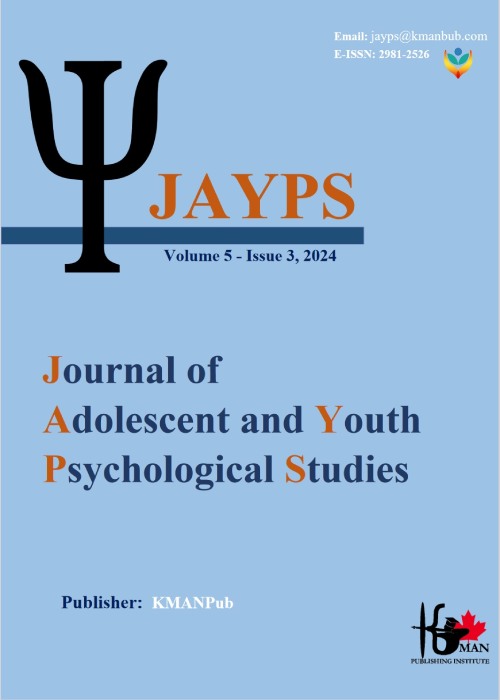Neuropsychological profile of obsessive-compulsive disorder: findings from structural equation modeling
Obsessive compulsive disorder has a wide prevalence in human society. Based on this, it is of great importance to know the cognitive, behavioral and neurological backgrounds of these patients and the effective methods of therapeutic interventions to improve their conditions. The aim of the current research was to compare the cognitive, emotional and neurological profile of people with obsessive compulsive symptoms with normal people.
The present study was a correlational descriptive study. The statistical population consisted of all people with symptoms of obsessive-compulsive disorder in the second half of 1400 in Mashhad, who entered the research through an invitation. After conducting the screening interview and checking the criteria for entering the research, 80 people were selected as the research sample. The research tools included the Stroop color word test, Wisconsin cards, anxiety sensitivity, ambiguous scenarios, Googlen behavioral disorders questionnaire, Yale Brown obsessive compulsive disorder questionnaire and uncertainty intolerance scale. In order to analyze the data, partial least squares (PLS) approach was used due to the exploratory nature of the model, the small sample size, and the non-normal distribution of the variables. Analyzes were performed with SPSS.25 and SmartPLS.3.3.2 software. The findings showed that the trajectory of predicting obsessive-compulsive symptoms by five indicators was significant in all dimensions. Based on this, it was found that from the cognitive indicators, congruent reactions (P < 0.01), incongruent reactions (P < 0.01) and ambiguous scenarios (P < 0.01), among the neurological indicators (01 P < 0.01) and completion of classes (P < 0.01), among the emotional indices of anxiety sensitivity (P < 0.01) and intolerance of uncertainty (P < 0.01) and among the behavioral indices of behavioral tendencies Consistency (P<0.01) and impulsive behavior tendencies (P<0.01) were significant predictors for OCD symptoms. These results indicate that in explaining the psychological profile of obsessive-compulsive sufferers, the need to pay attention to cognitive, behavioral, emotional and neurological indicators has an important place. Also, based on these findings, it was found that emotional indicators have the highest level of predictability and behavioral indicators have the lowest level of predictability among the investigated indicators.
- حق عضویت دریافتی صرف حمایت از نشریات عضو و نگهداری، تکمیل و توسعه مگیران میشود.
- پرداخت حق اشتراک و دانلود مقالات اجازه بازنشر آن در سایر رسانههای چاپی و دیجیتال را به کاربر نمیدهد.




